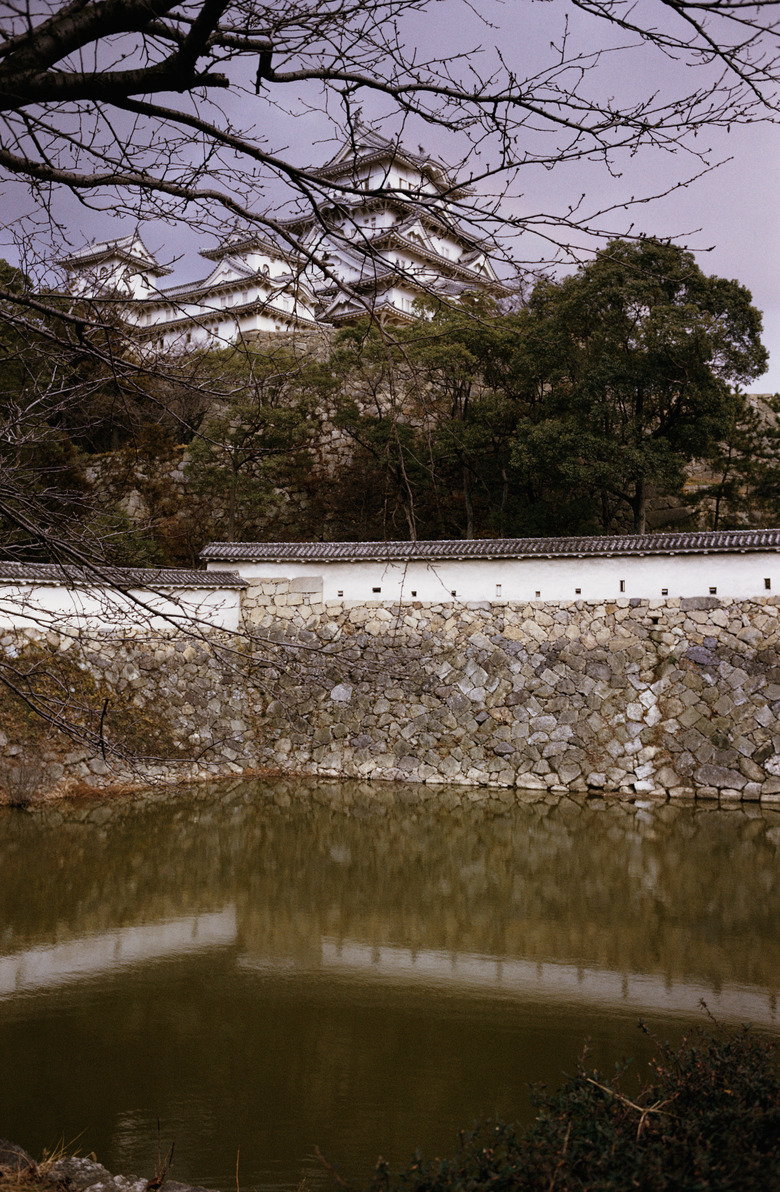Lake Front Retaining Wall Ideas
You might choose to build a retaining wall on your lakefront property for a variety of reasons. Perhaps you wish to create a flat recreational space where you can place patio furniture and decorative elements. Or you might wish to combat an erosion problem that is eating away at your shoreline. No matter what your reasons, there are many ideas you may wish to consider when choosing the appropriate lakefront retaining wall for your individual situation.
Types of Retaining Walls
According to the Landscape Network website, many building materials can be used to build a retaining wall. These include concrete block — either traditional mortar or contemporary mortarless stacked blocks — poured concrete, classic cut stone, wood, modern glass and other specialty blocks and reinforced earth. According to the Living by Water Project website, reinforced earth walls are perhaps the best choice for lakefront retaining walls, as they are less likely to interfere with wildlife or impact the natural filtering capabilities of the shoreline.
Considerations
While erosion is always a consideration when building retaining walls, it is especially relevant for lakefront retaining walls. The Living by Water Project website cautions against the use of retaining walls to avoid lakefront erosion, as this may only add to the problem. Hard retaining walls may interfere with natural water currents while degrading wildlife habitat and water quality. However, if you have determined a retaining wall is necessary on your property, there are many site-specific factors to consider. Stability is one of the most important concerns. The type and size of blocks you choose will likely be determined by the length and height of the retaining wall.
Aesthetics
The aesthetic appeal of many types of lakefront retaining walls, such as simple concrete blocks, can be improved using a variety of add-ons. You may choose to add plants like phlox to the ground about the wall to create a softened look. Choose plants that will naturally cascade over the side of the wall for a unified look. But remember to choose plants whose roots will not interfere with the stability of the wall. For example, the roots of a tree or shrubbery planted too close to a retaining wall will quickly push against the wall, loosening its grip on the shore.
Finishing
You might also choose to add aluminum or poly-board edging to avoid having to mow too closely to the top of the wall. This is especially useful if you want to avoid falling into the lake when mowing or if you wish to avoid the use of pesticides too close to a water source. You might also choose to incorporate specialty blocks manufactured specifically for corners and steps.
